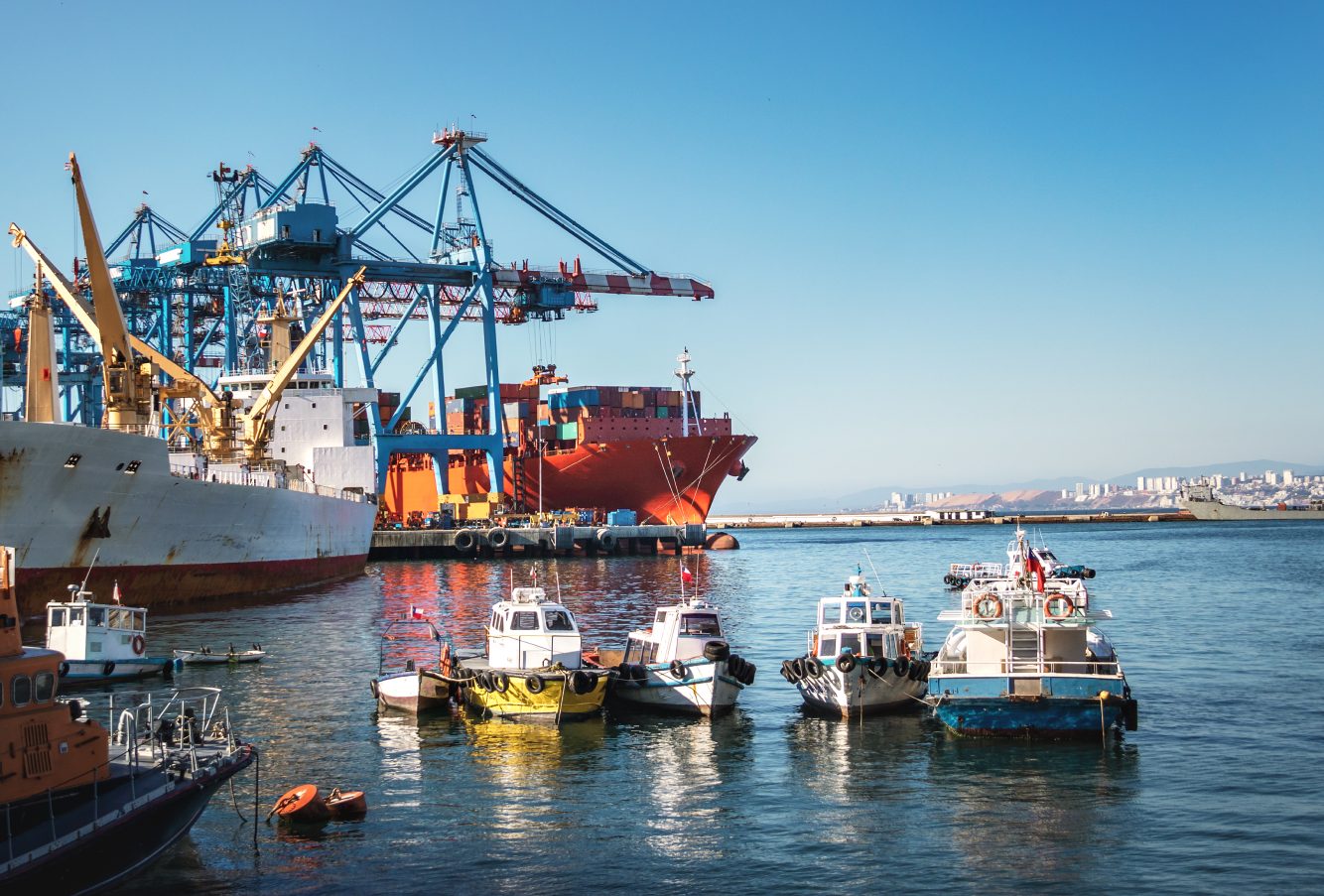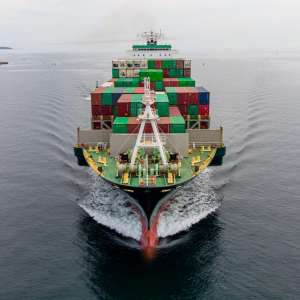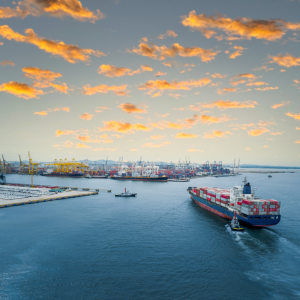A Comprehensive Guide to Shipping from Taicang Port to Malaysia
Latest update on 16 August, 2024 by Angelina Pang– Marketing Analyst at FreightAmigo
As two of the most dynamic economies in Asia, China, and Malaysia have forged a thriving trade relationship that relies heavily on the efficient movement of goods between the two countries. Taicang Ocean Port, located in the Jiangsu province of China, has emerged as a crucial gateway for shipments destined for Malaysia, offering a strategic and cost-effective shipping route. In this comprehensive guide, FreightAmigo will delve into the logistics of shipping from Taicang Port to Malaysia, exploring the various transportation methods, shipping routes, customs procedures, and factors that influence the overall shipping costs.
Want to Instantly Compare International Express, Air, Sea, Rail Freight And Truck Logistics Management Solutions To Control Transportation Costs?
Taicang Port: A Strategic Shipping Hub
Taicang Ocean Port is a modern and well-equipped seaport situated along the Yangtze River, approximately 80 kilometers from Shanghai. As one of China’s fastest-growing ports, Taicang has established itself as a crucial logistics hub, catering to the increasing trade demands between China and its global partners, including Malaysia. With its advanced infrastructure, efficient operations, and strategic location, Taicang Ocean Port has become a preferred choice for businesses seeking to streamline their supply chain and optimize their shipping processes.
Shipping Methods from Taicang Ocean Port to Malaysia
When shipping from Taicang Ocean Port to Malaysia, businesses have several transportation options to choose from, each with its advantages and considerations.
Sea Freight
Sea freight is the most utilized method for shipping goods from Taicang to Malaysia. This mode of transportation offers a cost-effective solution for bulk cargo and items that do not require rapid delivery. Shippers can opt for either Full Container Load (FCL) or Less-than-Container Load (LCL) services, depending on the volume and nature of their cargo.
Full Container Load (FCL)
FCL shipping is ideal for businesses with a large volume of goods that can fill an entire container. This method provides the advantage of dedicated container space, faster transit times, and reduced handling, making it a popular choice for high-volume shipments.
Less-than-Container Load (LCL)
LCL shipping is suitable for smaller shipments that do not require an entire container. In this scenario, your goods will be consolidated with other shippers’ cargo within a single container. While LCL may take slightly longer due to the consolidation and deconsolidation processes, it can be a more cost-effective option for businesses with lower volume requirements.
Air Freight
For time-sensitive shipments or perishable goods, air freight is the preferred shipping method from Taicang to Malaysia. Despite the higher costs associated with air transportation, this mode offers unparalleled speed, with transit times typically ranging from 1 to 5 days, depending on the specific airports and customs clearance procedures.
Intermodal Transport
Leveraging the extensive rail and road networks between China and Malaysia, intermodal transport presents a balanced solution that combines the cost-effectiveness of sea freight with faster delivery times compared to pure ocean shipping. This multimodal approach often involves a combination of sea, rail, and/or road transportation, providing greater flexibility and efficiency in the supply chain.
Customs Clearance from Taicang Ocean Port to Malaysia
Shipping goods from Taicang Ocean Port to Malaysia involves navigating the customs clearance procedures in both China and Malaysia. Understanding these requirements is crucial to ensure a smooth and efficient import-export process.
China Customs Clearance
At the port of departure in Taicang, shippers must ensure that all necessary documentation, including commercial invoices, packing lists, and bills of lading, are prepared and submitted to the Chinese customs authorities. This process ensures that the goods comply with the country’s export regulations and that any applicable duties or taxes are paid before the shipment leaves the port.
Malaysian Customs Clearance
Upon arrival in Malaysia, the imported goods will undergo customs clearance at the destination port or airport. Shippers or their appointed customs brokers must provide the required documentation, such as import declarations, to the Malaysian customs authorities. This step involves verifying the contents of the shipment, assessing any applicable duties or taxes, and obtaining the necessary approvals for the goods to be released for delivery.
Factors Influencing Shipping Costs from Taicang Ocean Port to Malaysia
The cost of shipping from Taicang Ocean Port to Malaysia can vary significantly based on several factors. Understanding these key elements can help businesses make informed decisions and optimize their shipping budgets.
Transportation Mode: the choice of transportation method, whether sea freight, air freight, or intermodal transport, is a primary driver of shipping costs. Generally, sea freight is the most cost-effective option, while air freight commands higher prices due to its speed and time sensitivity.
Cargo Volume and Weight: the volume and weight of the goods being shipped play a crucial role in determining the shipping costs. Larger and heavier cargo typically incur higher freight charges, as they require more space and resources to transport.
Shipping Route and Distance: the specific shipping route and the distance between Taicang and the destination port in Malaysia can impact the overall costs. Longer routes may result in higher fuel expenses and potentially longer transit times.
Seasonality and Market Conditions: shipping costs can fluctuate seasonally due to factors such as peak shipping periods, holiday seasons, and changes in global market conditions. Shippers should be aware of these fluctuations and plan accordingly to mitigate the impact on their budgets.
Customs Duties and Taxes: the import duties and taxes levied by the Malaysian government on the shipped goods can significantly influence the overall shipping costs. Businesses should research the applicable tariff rates and plan for these additional expenses.
Ancillary Fees: shipping from Taicang Ocean Port to Malaysia may incur various ancillary fees, such as container handling charges, documentation fees, and insurance premiums. These additional costs should be factored into the overall shipping budget.
How to Choose the Right Shipping Partner
Selecting the right shipping partner is crucial when shipping from Taicang Ocean Port to Malaysia. Businesses should consider the following factors when evaluating potential service providers:
Reputation and Experience: Look for shipping companies with a proven track record of successful shipments on the Taicang – Malaysia trade route, as well as a strong reputation for reliability and customer service.
Comprehensive Service Offerings: Assess the range of services offered by the shipping provider, including transportation modes, customs clearance support, and value-added services such as warehousing and distribution.
Technological Capabilities: Prioritize shipping partners that leverage advanced technologies, such as real-time tracking, digital documentation, and data-driven decision-making tools, to enhance the overall shipping experience.
Competitive Pricing and Transparency: Compare shipping rates from multiple providers to ensure competitive pricing and choose a partner that offers transparent pricing structures and clear communication about any additional charges.
Regulatory Compliance and Sustainability: Ensure that the shipping partner is compliant with all relevant international shipping regulations and has a commitment to sustainable logistics practices.
Conclusion
Shipping from Taicang Ocean Port to Malaysia presents a strategic and cost-effective solution for businesses looking to capitalize on the thriving trade relationship between these two Asian powerhouses. By understanding the various shipping methods, routes, customs procedures, and cost-influencing factors, businesses can make informed decisions and optimize their supply chain operations. Leveraging technology-driven logistics solutions and partnering with reputable shipping providers can further enhance the efficiency and sustainability of the shipping process. As global trade continues to evolve, the Taicang – Malaysia shipping corridor will undoubtedly remain a vital artery for the exchange of goods, fostering economic growth and strengthening the ties between these two dynamic economies.
If you are looking for logistics experts, please visit FreightAmigo Page
Read More:
The Ultimate Guide to Shipping from Guigang to Malaysia | FreightAmigo
Shipping from Mawei Port to Malaysia | FreightAmigo
Shipping from Guangao to Malaysia | FreightAmigo
If you have any inquiries on logistics / supply chain, feel free to contact FreightAmigo now:
Chat with us online | Hotline: +852 28121686 | WhatsApp: +852 27467829










































